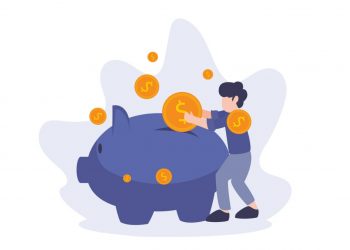When customers feel they make good decisions, they are usually happy with their salesperson. When they make a decision they are unhappy with, they often blame their salesperson, or even the whole company. From entrepreneurs to CEOs, it is in our best interests to help our customers—no matter your industry or product—make good decisions.
With over four decades in sales, I have found that customers who make balanced brain decisions—those that combine the head and the heart—seem happiest with what they decided. A balanced brain decision is where the customer uses both their emotional (right brain) and analytical (left brain).
Buyers often regret decisions that are too impulsive (emotional) and then suffer buyer’s remorse—or they often miss out if they are too analytical (paralysis analysis) and can’t make a decision. Their non-decision becomes a bad decision.
The Analytical Brain
Your customer’s analytical brain (left hemisphere) is most powerful when it is focused on just three to five criteria. It can handle more variables than that, but with more than five variables, it slows down, and above nine variables it goes into paralysis analysis.
Many salespeople unknowingly confuse their customers by giving them too much data. They force customers to “think about it.” Leaders can step in the same trap by generating too many options for their team.
Here are some common examples of overtaxing the analytical brain:
With Buyers
Have you ever heard of the “Jam Experiment” conducted by Stanford University? Grocery shoppers purchase 300 percent more jam when they only had six kinds to choose from, compared to shoppers who had 24 choices. Too many choices cause “choice overload” and paralysis analysis.
An example for REALTORS®: showing more than five homes in one showing sequence. After the fifth home, buyers can’t remember the first home they looked at. If circumstances require that you show more than five homes in a day, make sure your buyers are ranking the homes and have their top three favorites. This can be a rolling top three, where they can take out a favorite and substitute a different one. This process focuses the buyers on just three houses at a time.
With Sellers
REALTORS® commonly confuse sellers by giving them a stack of multiple listing sheets. When the seller gets confused, their emotional brain takes over, and they blurt out “Our house is nicer!” or “We need more money.” Instead, help sellers focus on the five determinants of value: price, location, size, condition, and amenities.
The Emotional Brain
The emotional brain is creative and processes a massive amount of data at the nonconscious or intuitive level. Its decision is based on feeling. How does the house feel? How does the decision feel?
The analytical brain sets the priorities, criteria, and boundaries around which the decision will be made. This is the context for the decision. Then the emotional brain (right hemisphere) can decide. A balanced brain decision is a combination of the head and the heart. Here’s the formula for a good balanced brain decision:
- Set the criteria of the three to five most important factors in the decision.
- Within these boundaries, if it feels good, do it! If your customer finds a home that meets the criteria and it feels good, it is probably the right home for them. It’s as simple as that.
Next Steps
Now it is time to apply your knowledge with buyers and sellers. How do you convert knowledge into skill? Practice! You will need to practice these processes with a partner or in a small group. I recommend you meet for at least one hour a week with your partner or skills group and rehearse. You are not yet a Ninja—you’re at the beginning of the Ninja Path.
Larry Kendall is chairman of Colorado-based The Group, Inc., and creator of Ninja Selling.
For the latest real estate news and trends, bookmark RISMedia.com.










